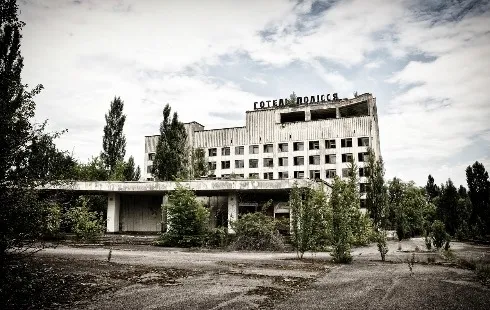
8HoursMining cloud mining platform, daily profits up to $9,337
Section: Business
The United States has announced its intention to resume nuclear weapons testing, marking the first such move since a moratorium was established more than 30 years ago. The announcement, made by President Donald Trump via social media, cited the nuclear test programs of other global powers as justification for the decision. The U.S. Department of Defense, recently renamed as the Ministry of War, has been directed to initiate tests that mirror those conducted by other nations. However, specific details regarding the type of nuclear tests or the weapons to be tested remain undisclosed.
This development has prompted immediate international reactions. Russia has warned that it may also resume nuclear weapons testing should the U.S. proceed. Kremlin spokesperson Dmitry Peskov highlighted recent Russian trials involving advanced missile systems, but emphasized that these did not constitute nuclear weapon tests. Despite this, Russia maintains readiness for arms control negotiations with the U.S., though no progress has reportedly been made.
China has expressed serious concerns regarding the U.S. announcement. The Chinese Foreign Ministry emphasized the importance of the United States upholding its commitments to the Comprehensive Nuclear-Test-Ban Treaty and called for concrete measures to maintain the global nuclear non-proliferation and disarmament framework. China also underscored the need to preserve strategic stability and global security.
The last nuclear test conducted by the United States occurred on September 23, 1992, at what is now known as the Nevada National Security Site. That same year, the U.S. established a moratorium on underground nuclear tests. Although the U.S. has not ratified the Comprehensive Nuclear-Test-Ban Treaty adopted by the United Nations in 1996, it has observed the moratorium for over three decades. Russia, for its part, withdrew its ratification in 2023.
The U.S. Congress has already seen opposition to the resumption of nuclear testing. Lawmakers, particularly from states with historic nuclear test sites, have indicated plans to introduce legislation to block any return to live nuclear detonations. Experts from the National Nuclear Security Administration have stated that there is currently no technical necessity for explosive nuclear testing, though ongoing modernization of the U.S. nuclear arsenal has raised concerns about renewed testing demands.
Currently, there are nine countries known to possess nuclear weapons: the United States, Russia, China, the United Kingdom, France, India, Pakistan, North Korea, and Israel. According to the International Campaign to Abolish Nuclear Weapons, Russia holds the largest arsenal, followed by the United States. Both countries are investing heavily in modernization programs, including the development of advanced delivery systems and missile defense technologies.
The New START treaty, the last significant arms control agreement between Washington and Moscow, is set to expire in February 2026. There are currently no active negotiations for its renewal or replacement. The treaty, signed in 2010 and last extended in 2021, limits the number of deployed nuclear warheads and delivery systems on both sides. Russian officials have suggested that renegotiation within the remaining timeframe is not feasible.
International security experts and United Nations officials have raised alarms about the increased risk of nuclear escalation in the current geopolitical climate. Mechanisms that once helped prevent the use of nuclear weapons are now viewed as fragile, and the likelihood of their employment is considered higher than at any time since the Cold War.
The announcement of renewed nuclear weapons testing by the United States has thus reignited global debates about arms control, deterrence, and the stability of the international non-proliferation regime. As geopolitical tensions rise, the world faces renewed uncertainty about the future of nuclear disarmament and the risks posed by the modernization and development of advanced nuclear weapon systems.

Section: Business

Section: Arts

Section: Politics

Section: Health Insurance

Section: News

Section: News

Section: News

Section: Arts

Section: News

Section: Arts
Health Insurance in Germany is compulsory and sometimes complicated, not to mention expensive. As an expat, you are required to navigate this landscape within weeks of arriving, so check our FAQ on PKV. For our guide on resources and access to agents who can give you a competitive quote, try our PKV Cost comparison tool.
Germany is famous for its medical expertise and extensive number of hospitals and clinics. See this comprehensive directory of hospitals and clinics across the country, complete with links to their websites, addresses, contact info, and specializations/services.
Curated by Fried Dähn and Thomas Maos, this event is part of the Sonic Visions series, featuring an engaging performance that intertwines sound, music, and visuals. This edition presents THE WATS, a narrative where three travelers in the desolate, apocalyptic landscapes of New Zealand encounter a...



No comments yet. Be the first to comment!